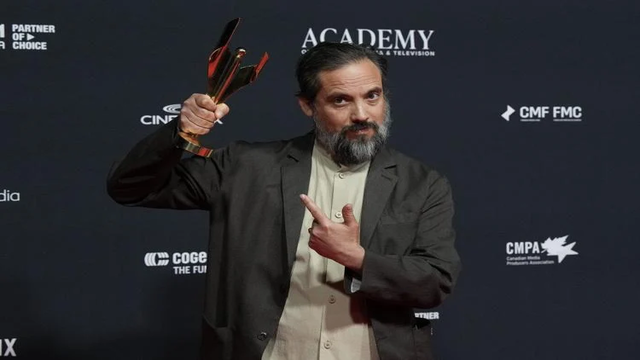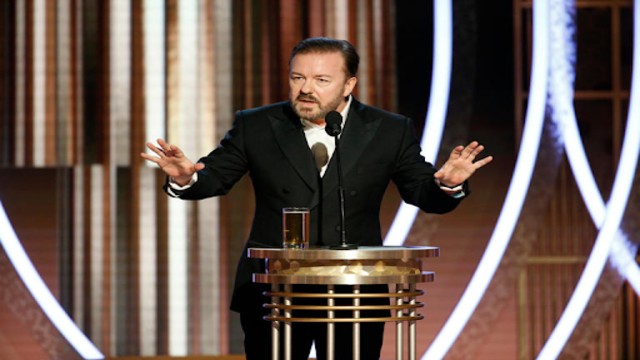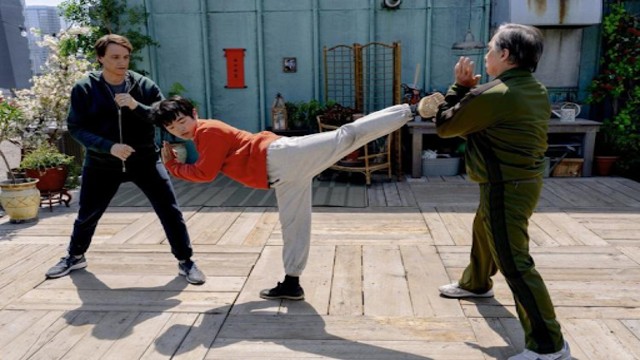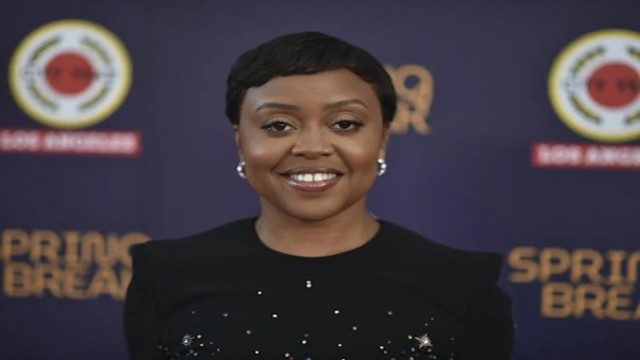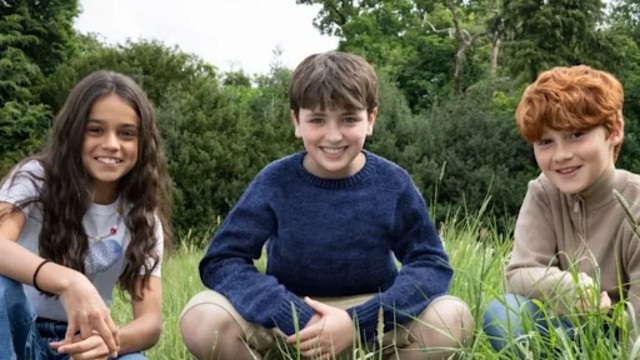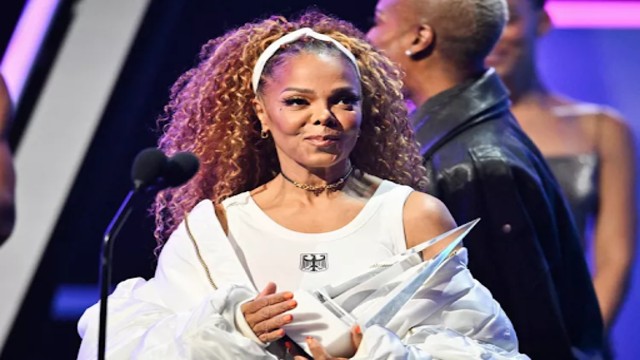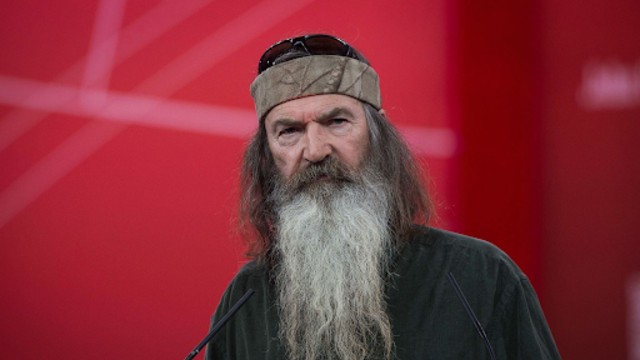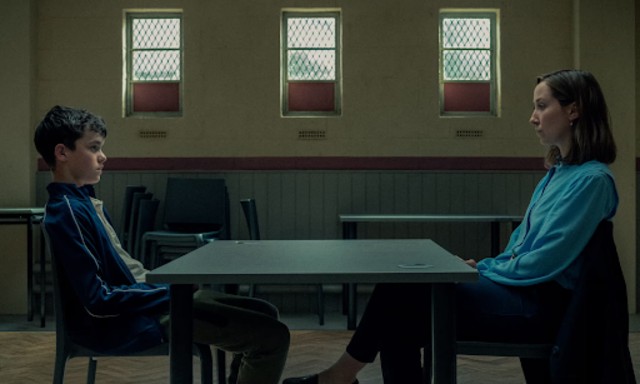
‘I was screaming and shouting in every take’ … Owen Cooper as Jamie Miller and Erin Doherty as Briony Ariston, in Adolescence. Photograph: Courtesy of Netflix
Netflix’s latest sensation, Adolescence, has captivated audiences with its gripping storytelling and groundbreaking cinematography. The series, which explores the complexities of youth, has not only dominated streaming charts but also sparked national discussions—even reaching the UK Parliament.
What makes Adolescence stand out is its ambitious filming technique: each of its four episodes is captured in a single take. The production required extensive planning and precision. Now, the show’s creators are revealing some of the challenges, surprises, and behind-the-scenes moments that made it all come together.
A Favor That Led to a Hit
The journey of Adolescence began with director Philip Barantini’s earlier work, Boiling Point, a one-take film starring Stephen Graham. Initially, Graham hesitated to work with Barantini, telling him to prove his skills first. After seeing his talent, Graham agreed to collaborate, leading to Boiling Point and eventually Adolescence.
"I made that short film as a favor for a mate," Graham recalled. "So you never know what can happen."
A Young Star Who Just Wanted to Play
Filming such an emotionally intense series required special care for its young lead, Owen Cooper. A child psychologist and chaperones were always present on set to support him. However, the team soon realized that Cooper handled the emotional weight better than expected.
"We were more worried for him than he was," Barantini shared. "After a heavy take, we’d check on him, and he’d just say, ‘I’ve got a swingball game to play with my chaperone. Am I good to go?’"
A Cinematic Trick That Almost Failed
One of the most breathtaking shots in Adolescence happens at the end of episode two. The camera seamlessly transitions from Ashley Walters’ character driving away to a stunning aerial view before landing next to Stephen Graham. The execution, however, was incredibly complex.
The scene was achieved using a carefully timed maneuver:
- As Walters’ car leaves, the cinematographer, Matthew Lewis, attaches the camera to a drone.
- The drone flies over the city while Lewis races to a van.
- He drives to the final location, jumps out, catches the drone, and continues filming Graham’s face.
Barantini revealed a fun fact: "If you rewatch the scene, you’ll see Matt’s van sneaking into the car park just before the drone lands."
A Last-Minute Creative Change
Originally, the drone shot was supposed to fly over the murder site and fade out. But just days before filming, Netflix executive Toby Bentley suggested including Graham in the final moment.
The revised plan, however, faced setbacks. High winds delayed filming, and when they finally tried, the drone wobbled and crashed. By Friday afternoon—the last possible take—the team nailed it. The final cut in the episode is that very shot.
Locations Mapped to Perfection
Unlike Boiling Point, which was confined to a restaurant, Adolescence required multiple locations. Barantini and Lewis mapped out every movement before filming.
The police station scenes were filmed on a built set, but the house raid in episode one was shot in a real home. They had to find a house just three minutes away from the studio to make the sequence seamless.
Owen Cooper Almost Lost His Voice
Episode three features an intense conversation between Cooper and Erin Doherty, who plays his psychologist. Since it was the first episode filmed, the pressure was high.
"The take they used was when Owen had a bad cough," Doherty revealed. Cooper added, "I was screaming in every take, twice a day. By the end, I sounded like I’d been smoking for 30 years."
A Masterpiece in the Making
From technical challenges to unexpected moments, Adolescence pushed boundaries in storytelling and cinematography. With its single-take format, dedicated cast, and bold creative choices, the show has cemented its place as one of Netflix’s most ambitious projects.



